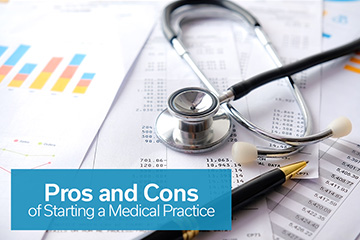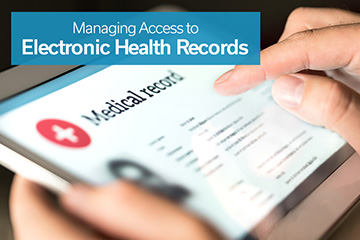
Overcoming Language Barriers Through Patience and Communication
It has long been recognized that effective communication with patients is one of the basic skills that a physician must possess in order to deliver optimal healthcare. Despite its integration into the CanMEDS competencies and the medical school curriculum, this soft skill remains elusive and difficult to maintain – and understandably so. As we progress from being medical students, to residents, and then to practicing physicians, our practices can become busy and demanding. Furthermore, certain patients are challenging to communicate with, such as those who speak English as a second language (ESL). While there is no perfect solution, I have developed a few strategies that I find helpful when I am having trouble communicating.
- Put yourself in the other person’s shoes. As a medical student, and then later a practicing health professional, you are most likely fluent or almost fluent in English. However, having been raised by first-generation immigrants who struggle with English, and later tutoring ESL students, I have learned how hard it can be for them to fully understand what is being said and fully express themselves. Thus, when you encounter such patients, be compassionate to their daily struggles and recognize how fortunate you are to have the command over English that you do.
- Be patient. This is harder than it sounds. When I tutored a student who had Attention Deficit Hyperactivity Disorder (ADHD), it sometimes felt as if I was not making any progress and it was tempting to simply push aside my goals to the next time we met. However, I realized that my student had given me his time and that he was trying the hardest despite the challenges posed by his ADHD. In return, the least I could do was give him my full attention and try my best. When you are able to finally connect and achieve an understanding with the other party, it is that much more rewarding.
- Be creative if you fail to communicate on your first attempt. Sometimes it is easy to assume that the other party comprehends more than they actually do, which is a mistake that I often made when tutoring ESL students in math. As a result, I learned to ask or “check-in” with students to ascertain whether they understood me. If they did not, I shortened sentences and used simpler vocabulary until I found words that the other party understood. Failing that, I often used pictures, diagrams, or simple analogies to get across complex ideas. If you are persistent and adaptable with your approach in communicating, whether it be with students or patients, you will be rewarded by a deep appreciation and respect for your efforts.
I urge medical students to seek out opportunities that can help you hone your communication skills in challenging circumstances. Given Canada’s diverse and multicultural population, early development and maintenance of this skill will only benefit you as you move onto a busy residency and practice.





